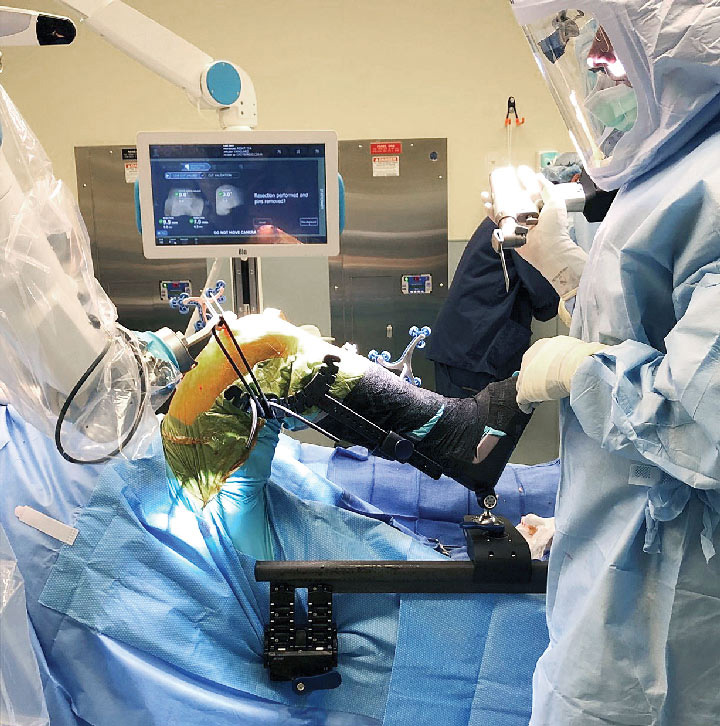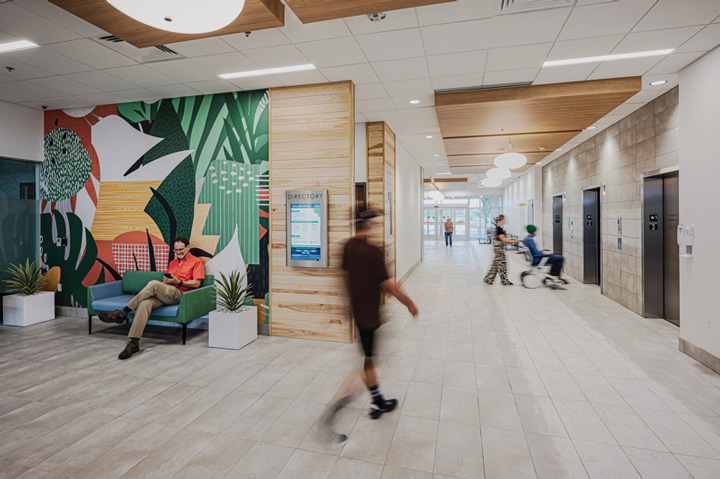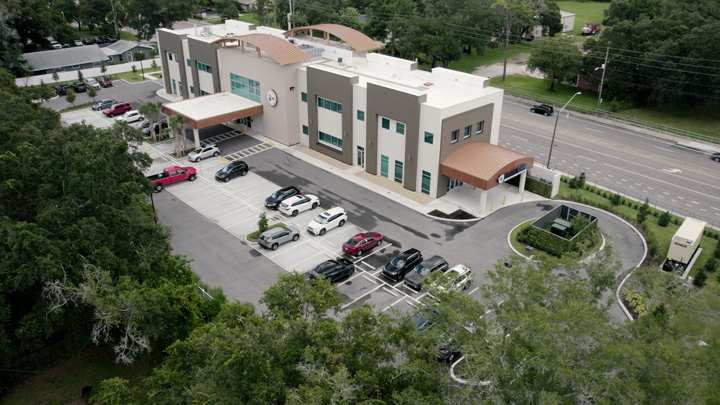Paying attention to every tiny aspect of ASC design is a time-consuming but necessary undertaking for surgical leaders.
 EFFICIENT JOINT With just two ORs, White Fence Surgical Suites ASC has performed nearly 15,000 total joints cases over the past decade.
EFFICIENT JOINT With just two ORs, White Fence Surgical Suites ASC has performed nearly 15,000 total joints cases over the past decade.
Considering all the effort you put into the major, headache-inducing aspects of an ASC design and build — the endless delays, the never-ending regulatory hurdles, etc. — it’s understandable that you might scale back on the “less essential” decisions. It’s important to keep in mind, however, that the smallest details can often have major implications.
Just ask Adolph Lombardi, MD, FACS, president of JIS Orthopedics, the practice that runs White Fence Surgical Suites ASC in New Albany, Ohio. Dr. Lombardi sees no decision as too small and points to three key decisions that helped pave the way to White Fence performing more than 14,500 total joints cases over the past decade at its super-efficient two-OR ASC.
Portico from the storm. Dr. Lombardi and his team were well into the design process when they remembered that their patients would often be arriving at the ASC in the midst of harsh Ohio winters and torrential seasonal rainstorms. So they made a seemingly minor but key decision to add a drive-through portico outside of the center’s doors. “We were thinking about the convenience of not having to trudge through the rain or the snow in the parking lot,” says Dr. Lombardi.
Dual pre/post-op bays. Dr. Lombardi and his team knew all about the space constraints surgery centers often face. That’s why they focused on efficiency when designing the layout of the 7,500-square-foot ASC, with a specific emphasis on avoiding redundancy. For example, to avoid wasting limited space, White Fence’s seven pre-op bays also serve as the PACU for patients prior to their discharges.
Dr. Lombardi says many newer facilities tend to want to build bigger than their needs, which leads to more staff, more equipment and extra — but often underutilized — rooms. “Why open your center with four to six ORs if you aren’t 100% sure they will always be in use?” he asks. “We have two ORs and a procedure room and everything is always running.”
Multiple opinions — on everything. Dr. Lombardi advises leaders in the process of designing an ASC to get their doctors together and examine everything from the minute details of their instrumentation and implant preferences to the 30,000-foot strategy for the center. “Find out what makes them tick,” he says. More than a decade ago, when Dr. Lombardi did this at White Fence, the gathered surgeons looked at every single instrument they’d be using to do total joints and said “yay” or “nay” to each.
.svg?sfvrsn=be606e78_3)



.svg?sfvrsn=56b2f850_5)